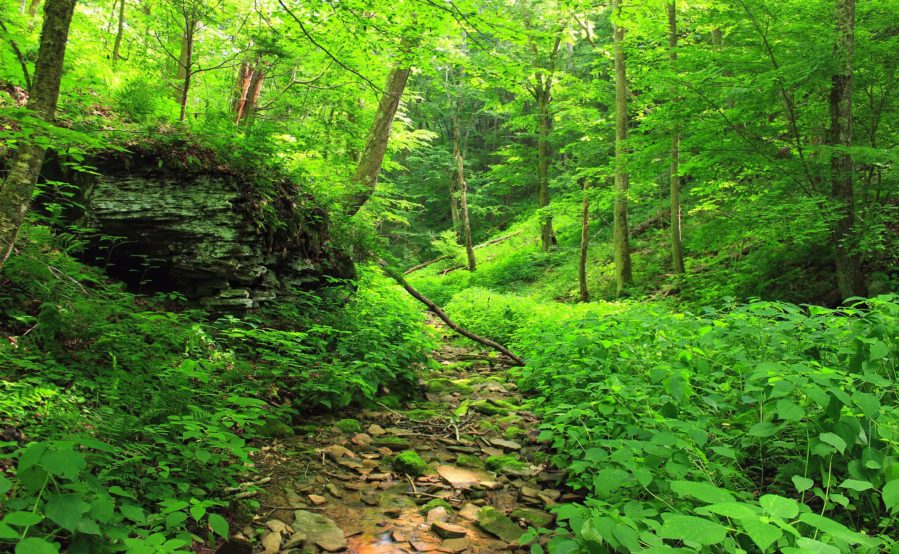Cloaks of brown and green
huddle close to sustain
shared lives and leaves,
shifting in time to
bend,
not break
with the wind –
catching each blow
to regulate,
mature,
and grow.
But western fronts
bring harsher times –
plagues of
insects,
heat,
and drought
that push and pull
with rigid doubt.
A final recoil to
a stark,
untimely end.

This poem is inspired by recent research, which has found that in the Western United States, an increase in forest resilience is linked with a higher mortality risk for trees.
Large-scale forest mortality events have been globally observed over the past few decades in response to a changing climate of severe droughts, heatwaves, and outbreaks of pests and diseases. Likewise, forest resilience is a measure of adaptability. It focuses on retaining a forest’s essential structure and composition to a range of stresses or complex disturbances. A forest’s resilience, or ability to absorb environmental disturbances, has long been thought to be a boost for its odds of survival against such events.
However, in this new study, for some forests in the Western United States, a different relationship has been observed. By using more than three decades of satellite image data for assessing forest resilience and comparing it to more than two decades of ground observations of forest tree death across the continental United States, the researchers have shown that while high ecosystem resilience correlates with low mortality in eastern forests, it is linked to high mortality in western regions. This unexpected resilience–mortality relation could be driven by regional factors such as insect populations, resource competition, and drier climates, all of which are heavily influenced by climate change. Whatever the reason for this relationship, the findings have implications for future predictions of forest mortality events, especially in response to the ever-changing climate.
If our reporting has informed or inspired you, please consider making a donation. Every contribution, no matter the size, empowers us to continue delivering accurate, engaging, and trustworthy science and medical news. Independent journalism requires time, effort, and resources—your support ensures we can keep uncovering the stories that matter most to you.
Join us in making knowledge accessible and impactful. Thank you for standing with us!

